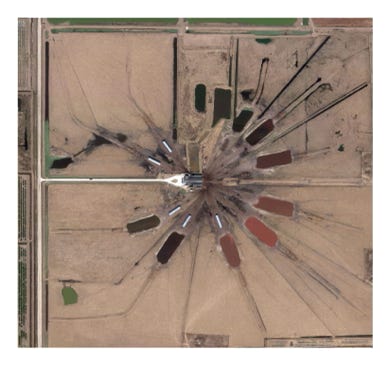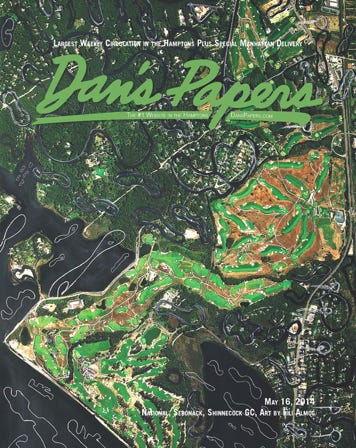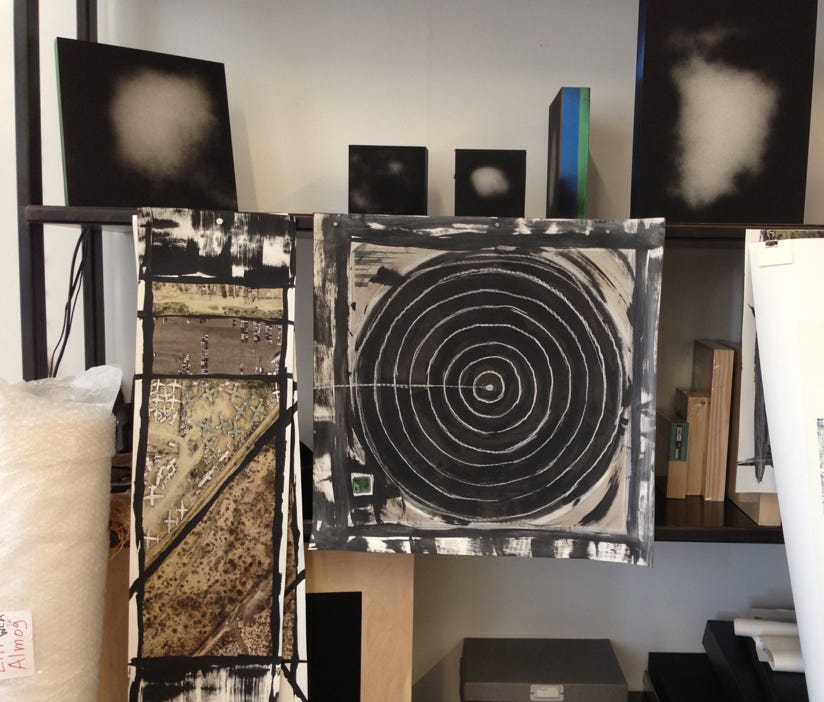Another Day on Earth
“Life is like a landscape. You live in the midst of it but can describe it only from the vantage point of distance.” Charles Lindbergh
As a professional photographer who has worked primarily in environmental portraiture, the experimental direction I have explored with Down to Earth has revolutionized the way I engage with and portray social behavior.
My intrigue with traces of human activity led me to explore “America’s biggest junkyard,” a landfill in the preservative climate of south Arizona used for large human refuse and oversized receptacles such as old cars and planes.
The enormity and ominous complexity of the sights necessitated that I investigate the landfill through satellite maps, whose abstraction became an unexpectedly accessible method of aesthetic entry. I began by composing a large photograph stitched together by satellite photography of rows and rows of abandoned airplanes, which resembled bones fossilized in dysfunction. I always included points of reference in the picture frame; they served to remind me of the magnitude of what I was taking in.
I continued to use this method for other local landscapes created for recreation, infrastructure, and commerce, like baseball fields, irrigation systems, golf courses, and junkyards.
The all-seeing perspective brings not only a heightened awareness and appreciation for detail to viewers—it actively turns debris into vibrant material. As vast spans of landscape shrink into minuscule forms, these forms become remarkably simple and take on new meaning. Perceiving reality from unique angles changes the composition of reality itself. The traces transform into symbols for the culture we live in, and generate charming markers of civilization and creating a window for the American soul.
Down to Earth / about
My intrigue with traces of human activity led me to explore 'America’s Playgrounds' and I became obsessed with the shapes and forms of fields; golf courses, baseball fields, oil fields, airplane ‘graveyards’… all types of landscapes, some organized, some less so. The enormity and complexity of the sights challenged that I investigate the locations through satellite maps, whose innate abstraction presented a paradoxically accessible method of aesthetic entry.
Working virtually in cyberspace, I later created an intimacy between the subjects and myself by drawing on the printed photographs. As vast spans of landscape changed into forms, the fields become remarkably simple. The map of a cultural landscape emerged.





